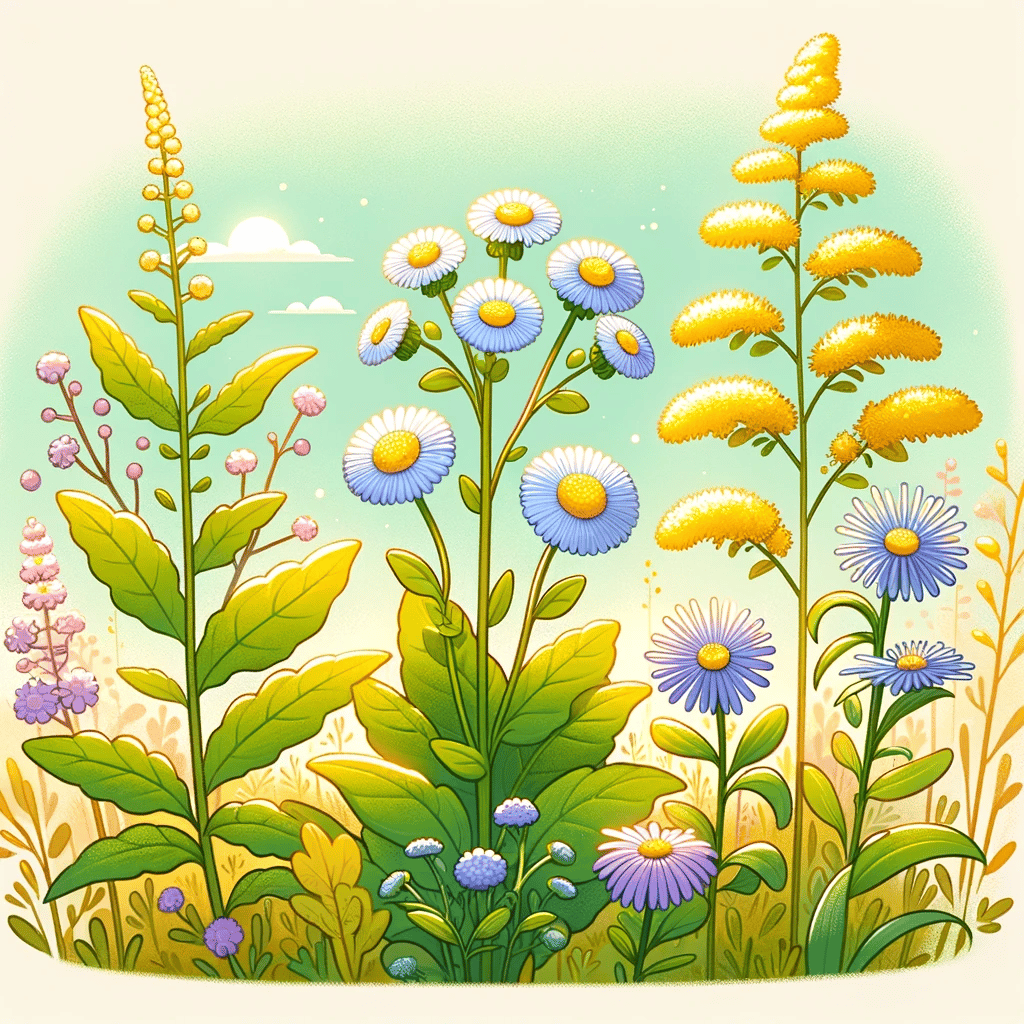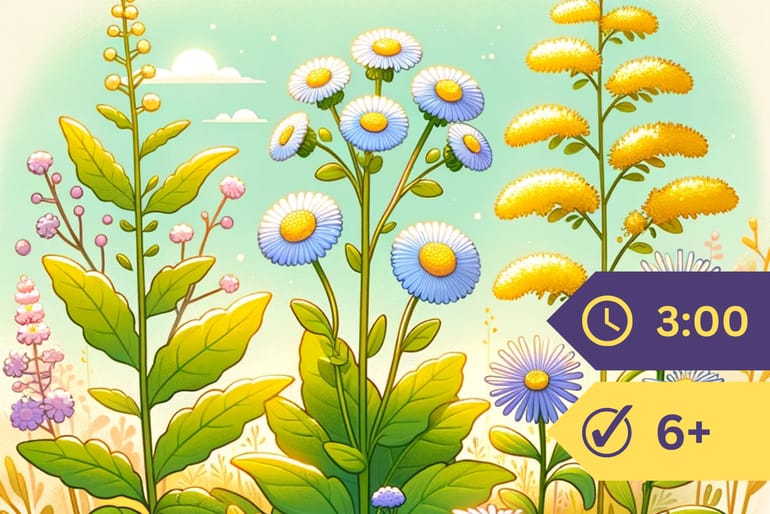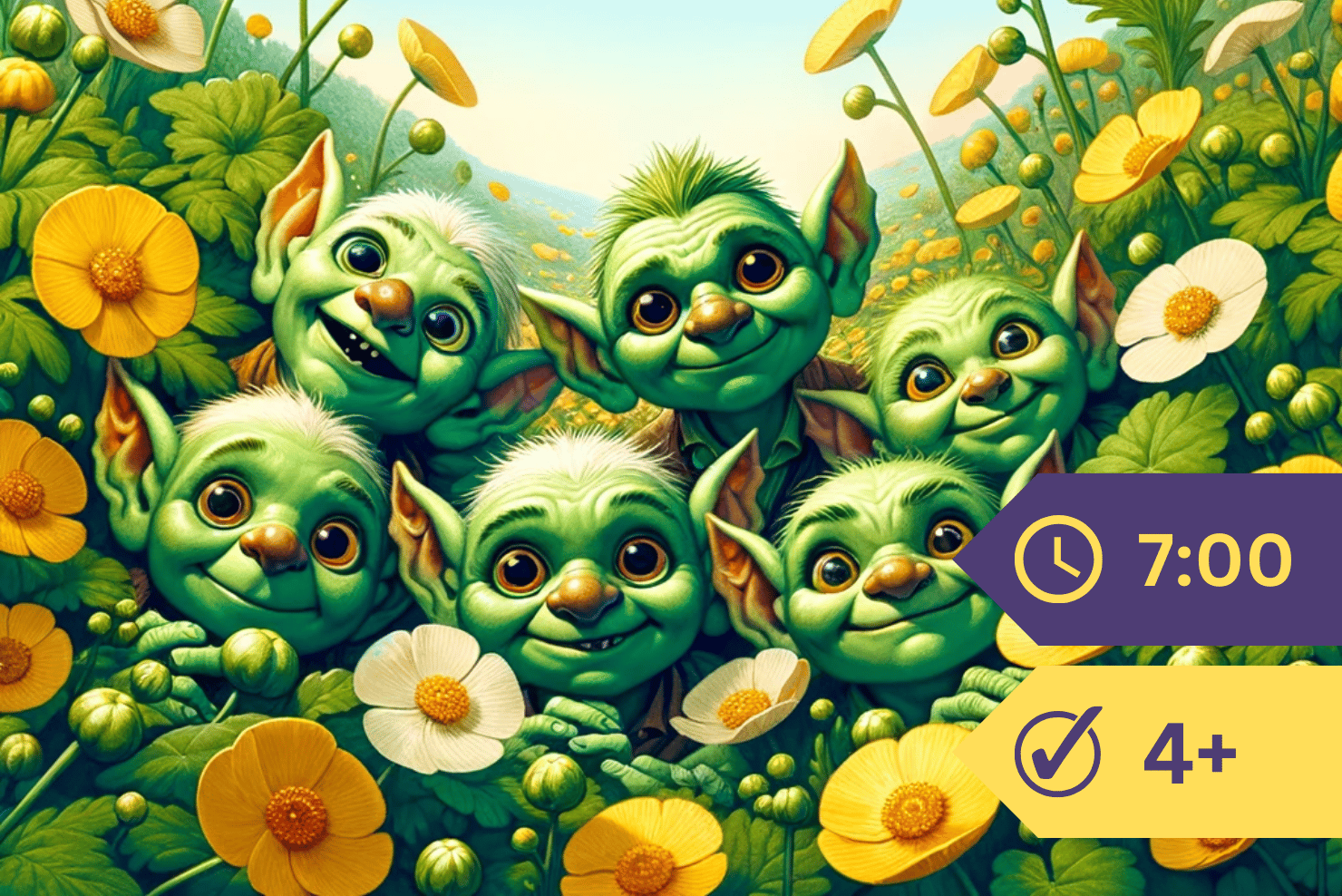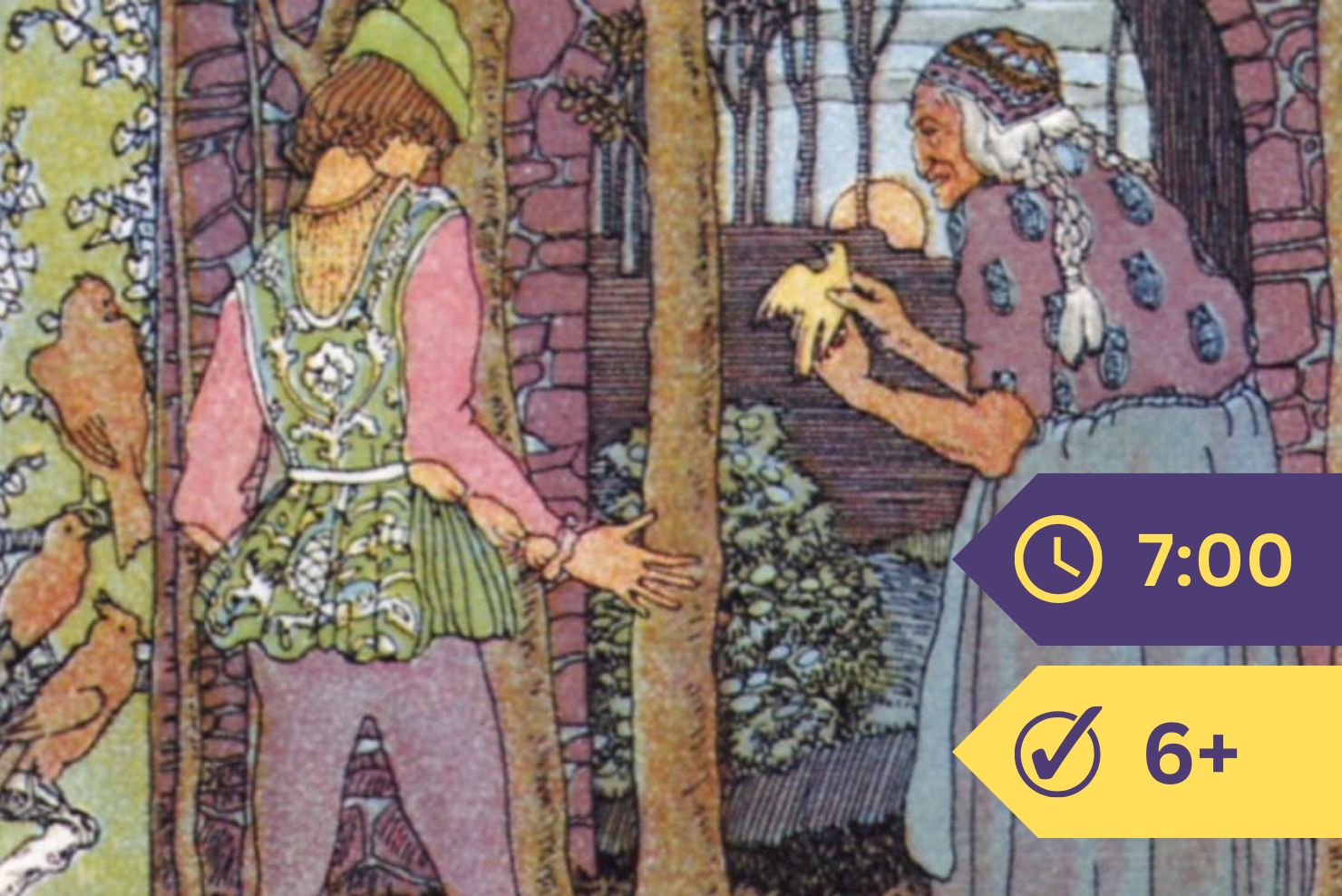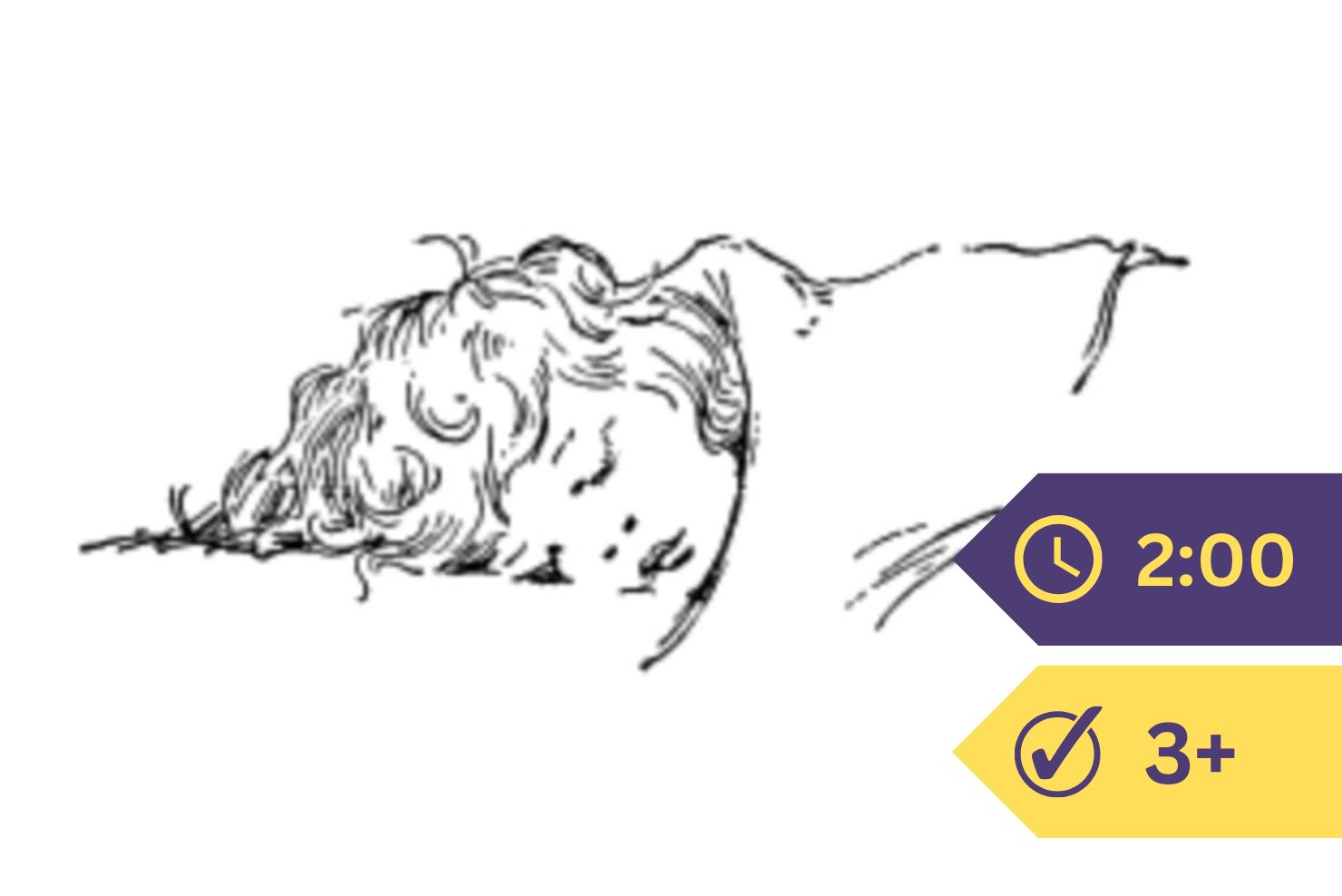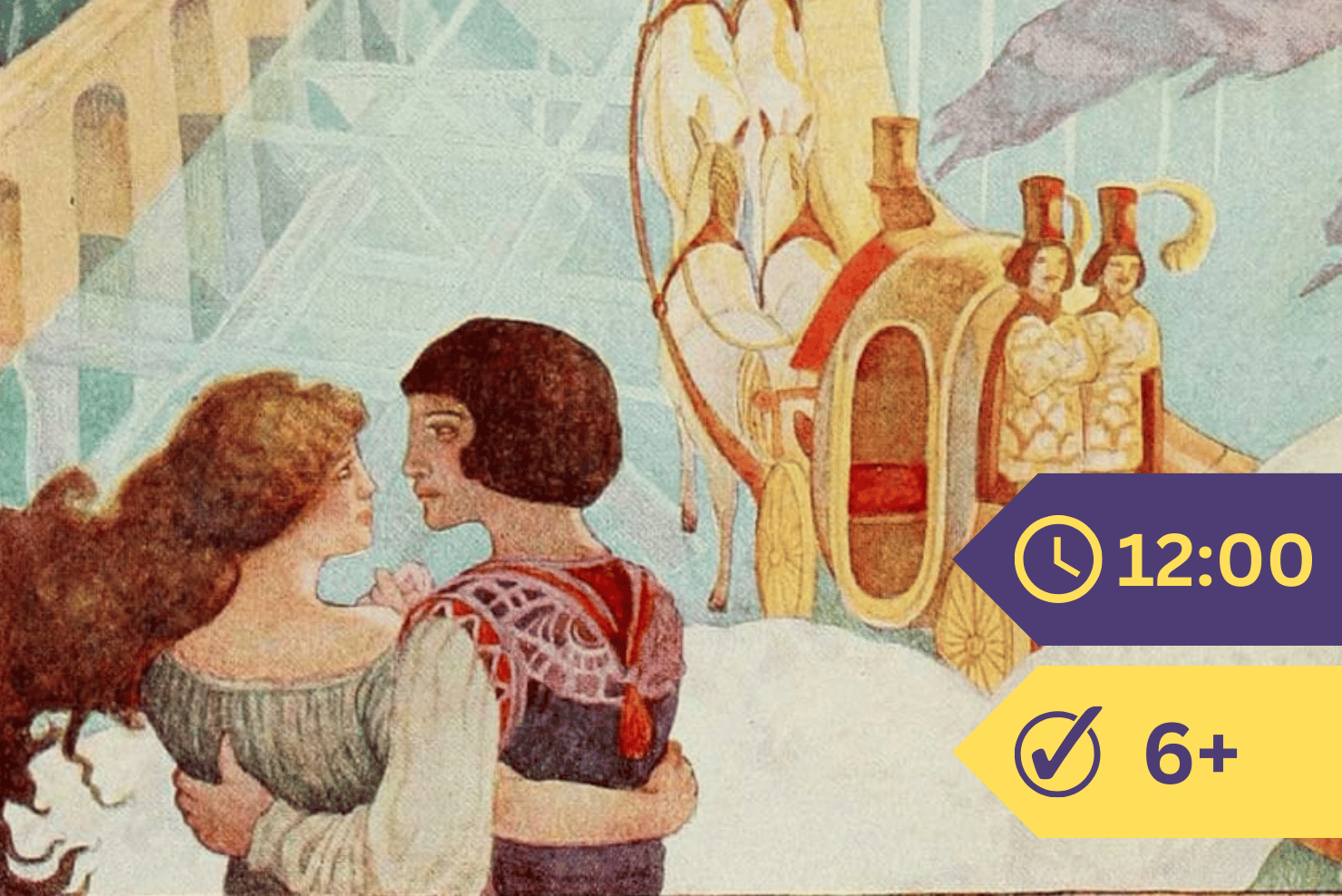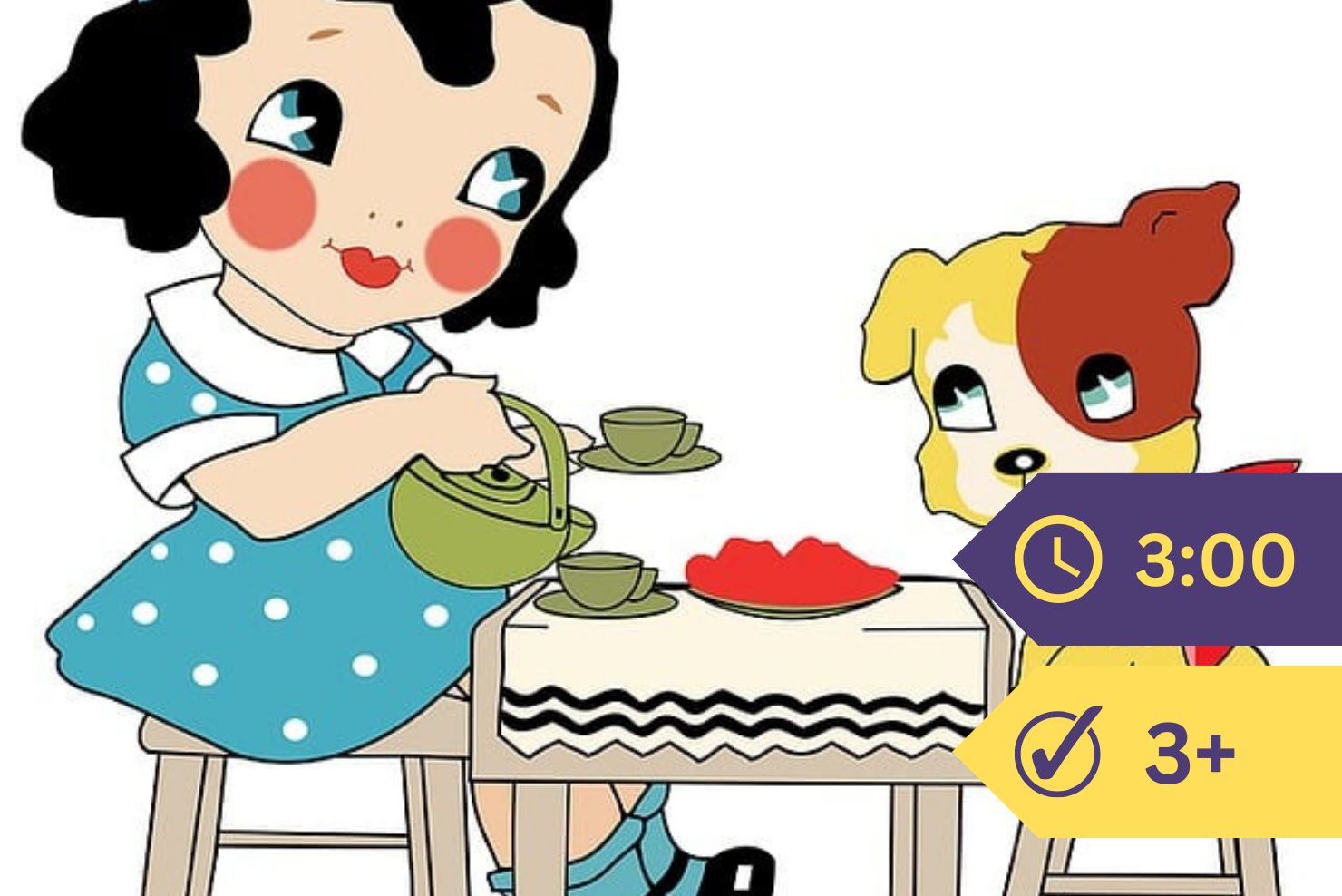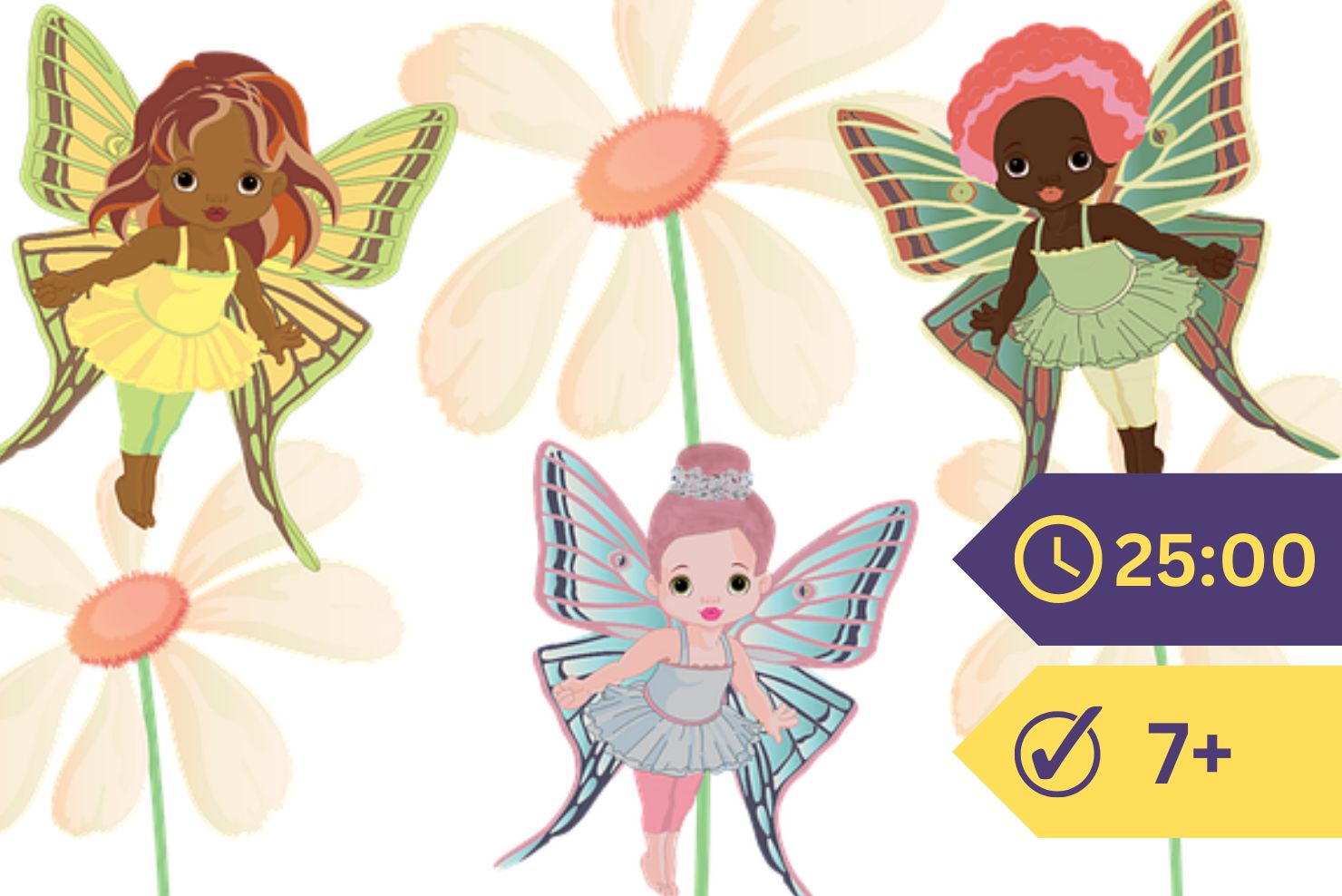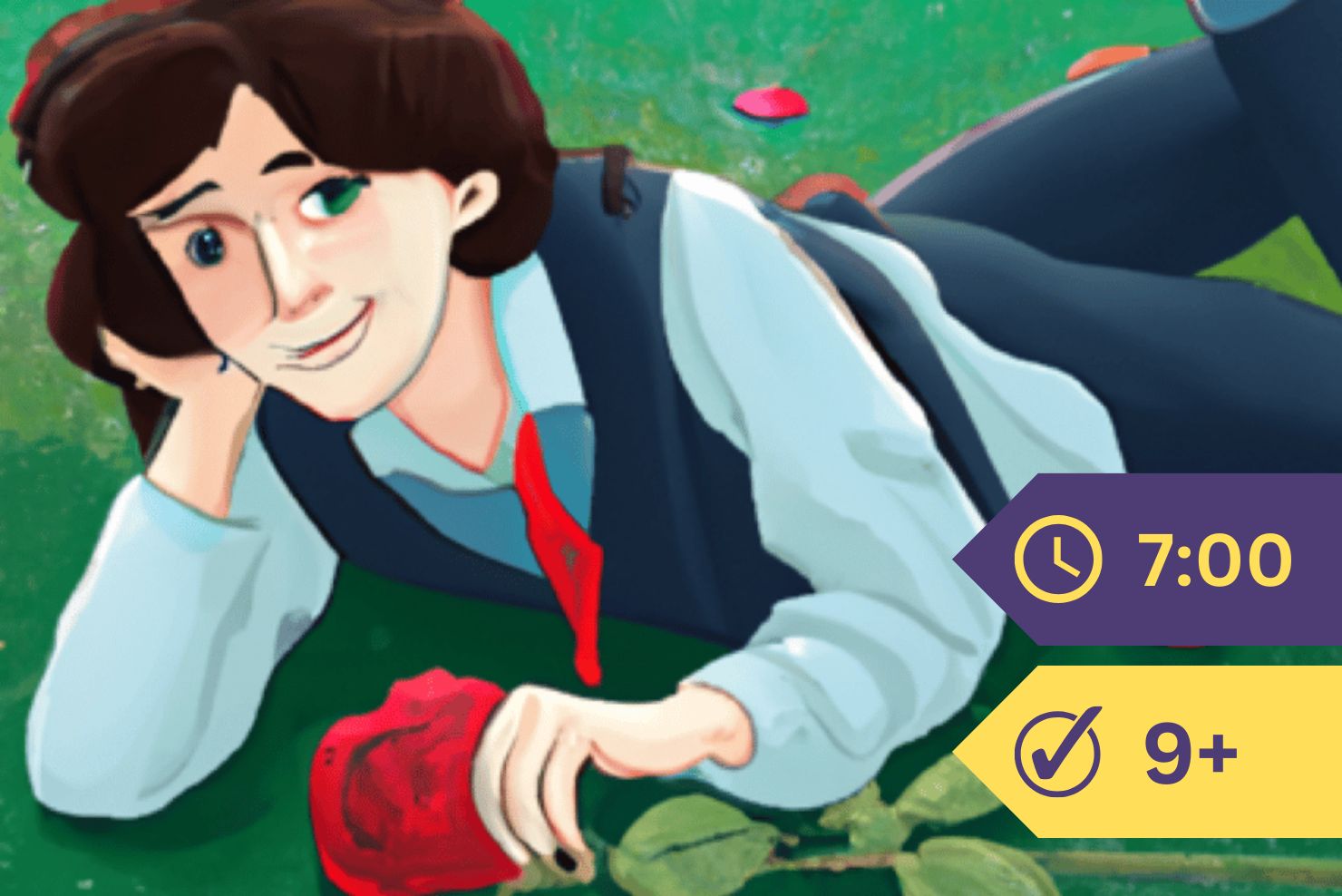Along the roadsides, in the month of May, grows a flower which you children call a blue daisy. This has the yellow center of the field daisy; but the narrow outer flowers which surround the yellow center are not white, they are blue.

The real name of this flower is “robin’s plantain.” It is not a daisy, though it belongs to the same big family. Here, too, the yellow center is made up of many little tube-shaped flowers.
Later in the year the fields are white and purple with beautiful asters. It is easy to see that these asters are own cousins to robin’s plantain. Their flower heads are put together in the same way, and many of the asters wear the same blue or purple dress.
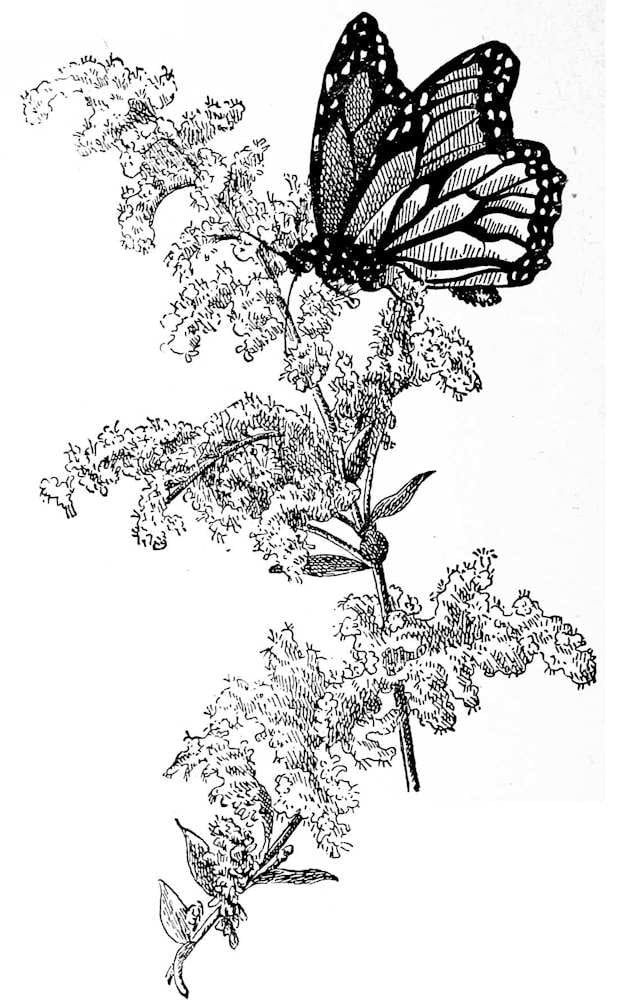
When once you have become acquainted with the secret of dandelion and daisy and aster and robin’s plantain, you will find it quite easy to discover their little separate flowers. All these plants have large, plain flower heads that you cannot mistake.
But with some members of this great Composite family you are going to have more trouble, unless you take your time and keep your wits about you.
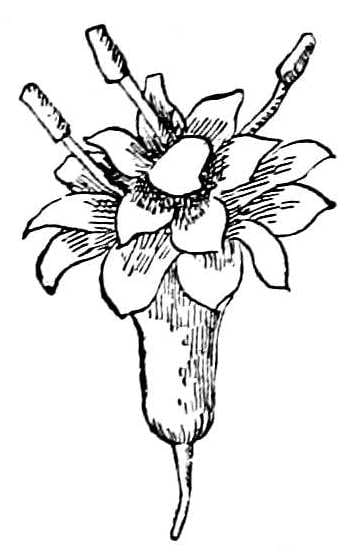
Just when the asters begin to border the roadsides in the month of August, the golden-rod hangs out its bright yellow flowers. This golden-rod is one of the plants which you may find a little troublesome; for its little flowers are so tiny, that even when a number of them are fastened together in a bunch, the whole bunch looks like a very small blossom.
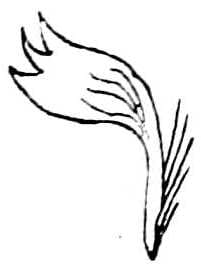
In each of these little bunches or heads (for when a number of flowers are packed together in this way, we call the whole bunch a “head”) there are a few of the strap flowers on the outside, and a few tube flowers in the center; but the outer strap flowers are so small that you can hardly believe they are really flowers, and the tube flowers look hardly larger than ordinary stamens. To see them at all clearly, you must use a good magnifying glass.

And you must search very patiently for the tiny bunch which is the head of the golden-rod. Next you must pick to pieces this little head, separating the outer from the inner flowers.
In hunting for a single head in this great yellow flower cluster, you must look for the little cup-like arrangement, the tiny greenish or yellowish leaves; for each head is held in one of these small cups.
Although the golden-rod is one of the most difficult of all the flowers to understand, once you have seen for yourselves how each little head is held in its tiny cup, you will find it easy enough to pick out its single flowers, and then you will have mastered the secret of the golden-rod.
